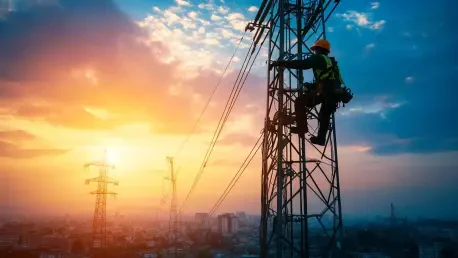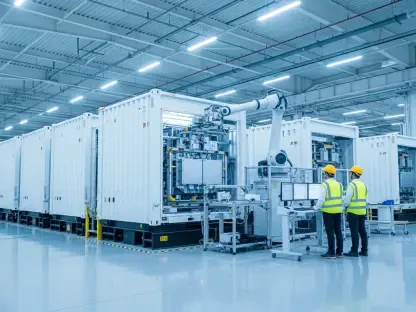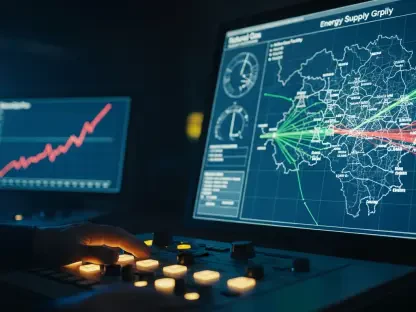The movement toward seamless power grid integration across Europe is becoming not only a strategic priority but an imperative for energy resilience and sustainability. Recent disruptions, including major outages impacting Spain and Portugal, underscore the critical need for improved grid interconnectivity. This trend is driven by a growing demand for renewable energy integration and enhanced cross-border connections, aiming to create a unified and efficient energy network within Europe.
Current Trends in Power Grid Integration
Data and Growth Trends
Recent data indicates a significant upsurge in efforts to enhance grid interconnectivity among European nations. The European Union’s goal to achieve 15% grid interconnectivity has become a focal point, with notable progress observable across several regions. However, despite ongoing renewables integration, certain areas still lag regarding interconnection capabilities. Reports reveal that countries like Spain and Portugal have made strides in renewable energy projects, boosting the overall readiness to contribute significantly to the European energy grid.
Key studies highlight the promising growth in renewable energy projects and efforts to expand infrastructure. These studies emphasize the urgent need to increase interconnectivity to meet energy demands, enhance efficiency, and reduce reliance on local power plants. Growth trends persist, yet disparities remain, demanding further attention and strategic planning to ensure consistent progress.
Real-World Applications
Numerous projects currently underway exemplify successful initiatives that bolster grid connectivity across Europe. Notable ventures in Spain, Portugal, and France demonstrate the transformative effect of technology and innovation on grid integration. The completion of the Spain-France interconnection expansion this year marks a pivotal achievement, representing a significant step toward realizing Europe’s energy aspirations.
In contrast, the anticipated power line across the Bay of Biscay, slated for completion by 2028, exemplifies ongoing efforts. Such projects illustrate the role of advanced technology and strategic collaborations in overcoming logistical and technical challenges, allowing for broader, interconnected energy grids.
Expert Opinions and Insights
Market experts and EU policymakers provide profound insights into the complexities of grid integration, sharing perspectives on the critical challenges and abundant opportunities the sector presents. Energy leaders are vocal about the necessity of overcoming political and technical barriers that hinder seamless interconnectivity. Many stress the importance of a cohesive regulatory framework that applies consistent pressure across all member states, advocating for accountability from dominant players such as France, especially regarding reliance on nuclear resources.
Opinions are consistent: achieving an integrated power grid requires not only technological innovation but political determination. Strategically overcoming obstacles, especially those linked to diplomacy and resource allocation, can pave the way for a more unified energy market in Europe, benefiting economies and citizens alike.
Future Outlook for Grid Integration
Forecasting future trends in power grid integration reveals optimistic prospects, with expected technological advancements poised to revolutionize grid interconnectivity. The potential benefits include enhanced energy security and greater reliance on renewable sources, contributing to sustainability goals. Overcoming the impending challenges will require concerted efforts and investment in research and innovation, particularly in countries currently exhibiting slower progress.
Potential barriers include political inertia and technical limitations that could delay progress. However, tangible advances in cutting-edge technology and cross-border cooperation offer promising pathways to address these challenges. As grid interconnectivity intensifies, the broader implications will resonate across industries, fostering greater collaboration and energy independence.
Conclusion
The analysis of trends in European power grid integration highlights the significant steps taken and the challenges that must be diligently addressed. Although the path is fraught with obstacles, the collective efforts to enhance interconnectivity promise substantial benefits for Europe’s energy landscape. This pursuit of integration calls for unwavering dedication and practical strategies to realize the aspirational goal of a seamlessly interconnected grid. As Europe navigates this journey, fostering robust energy collaboration remains pivotal in shaping a sustainable and resilient energy future.









